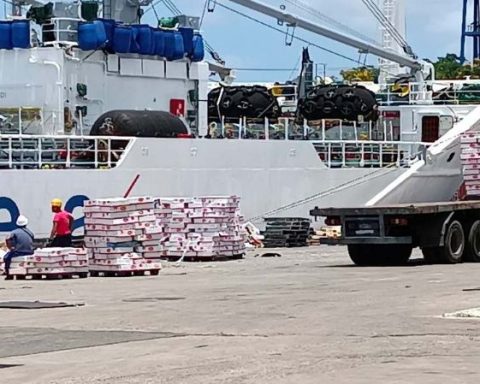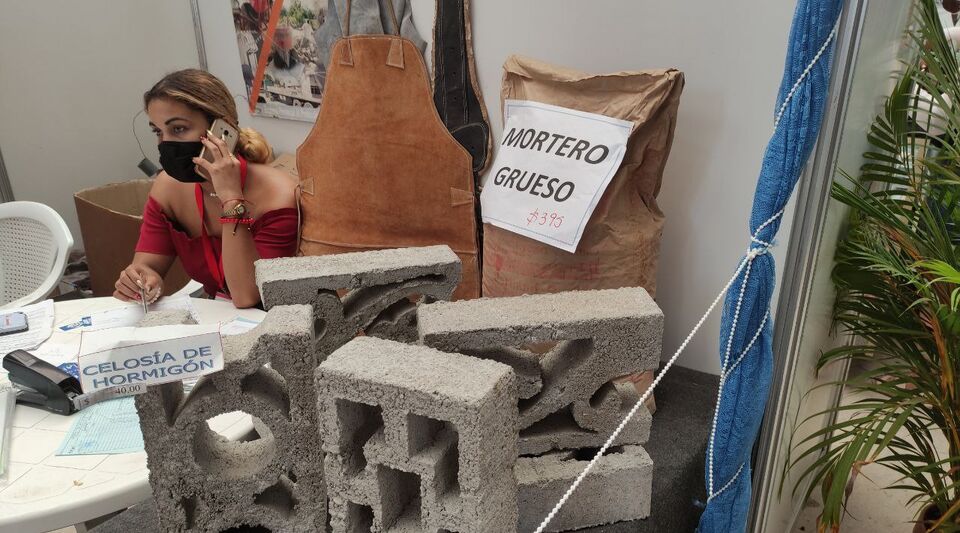If beneficial in its majority, the rains reported in various areas of the island in the last days They also leave affectations such as the more than 18 meters of damaged railway on the northern line of Sancti Spiritusin the area of Iguará, municipality of Yaguajay.
The severe landslide caused by the water currents occurred in the area of a culvert, at kilometer 84,800, where the scour reaches six meters in height, according to the head of the Sancti Spíritus Roads and Bridges Base Business Unit (UEB), Luis Acosta Cabrera, in statements to the newspaper Escambray.
⛅?️?️ The weather in #SanctiSpíritusEnMarcha
The sky will be partly cloudy from hours of the morning, and in the afternoon it will cloud over the entire province with the possibility of some showers and thunderstorms. https://t.co/Ap1mwPq86J pic.twitter.com/iiSFij7J3N— Escambray (@escambraycu) May 31, 2023
“This is a major affectation, at a point where a bridge existed long ago, later replaced by a sewer, which apparently did not have the capacity to assimilate the avenue of water,” said the specialist.
The immediate solution would be to build a bridge, says Acosta Cabrera. “Making another investment is for fun, the waters showed what can happen there and it is an escape route that the central railway has, so it should not be disabled,” he stressed.
The disabling of the northern line does not cause major setbacks to rail traffic at the moment, given that the motor car that covers the Jarahueca-Perea route is not currently circulating due to breakage, nor is traffic from other trains of national interest reported, the report said. of which it is done ecor the newspaper Granma.
The affected line also fulfills the function of an auxiliary route in the event of any interruption that occurs in the central railway when linking the areas of Nuevitas and Morón with Santa Clara, it specifies Escambray.
In recent days, flooding was also reported in Havana. The Cuban Meteorological Institute (Insmet) had explained that both the storms and the rains experienced especially in the west of the country were associated with a trough that was located on the southeast of the Gulf of Mexico.















